How to choose between sportswear brands Lululemon and Alo
 2025-06-09
2025-06-09

 Sansansun
Sansansun
In today's sportswear brand market, Lululemon is undoubtedly a highly watched presence. It is known as the "three treasures of the middle class," together with Ralph Lauren and Arc'teryx, and has harvested the wallets of many middle-class people who love sports. Lululemon has accurately positioned the middle-class female yoga community, created a brand image of "functional and comfortable fabrics", and accurately hit the consumer psychology of urban elites, paying for comfort and identity premium.
However, as Lululemon's popularity becomes more and more widespread, its changes in product design, brand tone, and market strategy have provided opportunities for other emerging sportswear brands, especially Alo.

Lululemon's popularization challenge
Lululemon's popularization trend inevitably brings about the phenomenon of "de-elitism". In recent years, to expand a wider market share, the brand has launched an affordable series, increased the frequency of promotional activities, and signed popular spokespersons such as Jia Ling. Although these measures have attracted new consumer groups to a certain extent, they have also led to the gradual dilution of the original brand tone of "elite yoga lifestyle".
Some consumers are dissatisfied with this, believing that Lululemon has gradually fallen from "the three treasures of the middle class" to "mass fast-moving consumer goods", losing its unique brand charm and high-end positioning. Market data also shows that the customer base overlap between Lululemon and Alo is as high as 63%, but among young consumer groups, Alo's growth curve is steeper and more rapid. Especially in the past year, Alo's strong marketing cooperation with Internet celebrities on the INS platform has successfully attracted more and more users who originally belonged to Lululemon to turn their attention to Alo.
Starting from yoga: the tug of elitism and popularization
Lululemon was founded in 1998 in Vancouver, Canada. The original intention of this brand was to overcome the contradiction between comfort and support in yoga clothes. With technological innovation, Lululemon started from the actual needs of women's sports and developed revolutionary products such as Align, solving the key problems of yoga pants crotch cutting and fit comfort.
Lululemon's Align series has won the reputation of "the three treasures of the middle class" with its "nude feeling" fabric. Wearers have described it as "like clouds touching the skin". This has also helped Lululemon quickly establish a strong brand trust and successfully expand into the global market with the direct store model.
In contrast, Alo is a rising star born in Los Angeles, USA, in 2007. Unlike Lululemon's style of emphasizing functionality and restrained design, Alo has the courage to deeply integrate fashion elements into sportswear, sublimating yoga from a simple "healthy lifestyle" to a unique "identity symbol".

Alo's differentiation strategy
Alo's differentiation in product design and visual presentation has become its key weapon to "overtake on the curve" in the competition. Whether it is unique designs such as backless, cross-collar, hollow cut, or bright color schemes such as bright yellow, pink, and purple, Alo products have a stronger visual impact. This design style also perfectly fits the aesthetic concept and social needs of contemporary young women that "fitness is also a show."
Unlike Lululemon's slightly conservative black, gray, and white color system, Alo products provide unique "highlights" visually. For example, Alo's Airbrush series reflects a gorgeous rainbow luster in the sun through laser coating, and the hollow design of the sports bra makes the skin look luminescent, which is very fashionable and attractive.
Consumers often have a limited perception of fabric performance, but they are extremely keen on external attention. Alo accurately grasps this psychology and uses a unique design to meet women's psychological demands for "distinction." This makes yoga clothes not only a kind of equipment that provides a comfortable experience, but also a way of expressing individual style.
Brand cycle and market logic
As a mature brand, Lululemon is currently facing the dual challenges of market saturation and fading consumer freshness. Alo has almost completely replicated Lululemon's path to success in terms of category expansion, pricing strategy, target population positioning, and brand tone shaping. But Alo is developing faster, designing more fashionable, and knows how to use social media for communication.
The rise of Alo represents a new cycle for elite sports brands, reflecting the stronger dependence of brand logic in the new era on visual identity and social identity. Alo's success profoundly follows the law of "symbolic consumption". What it sells is not just yoga clothes, but an identity narrative and social imagination, providing consumers with a new choice of "exquisite female identity upgrade".
Whether it is Lululemon or Alo, they are trying to meet the psychological needs of the same group of consumers who are constantly advancing - from the pursuit of health to a self-disciplined attitude towards life, from a unique style display to a high-end identity symbol. However, the development of a brand cannot escape its life cycle: elitism may be the starting point, but popularization is often the final destination.

 Inquire(
Inquire(
 HOME
HOME Yoga clothing manufacturers: creating diversified yoga clothing and leading the fitness fashion trend
Yoga clothing manufacturers: creating diversified yoga clothing and leading the fitness fashion trend  You May Also Like
You May Also Like
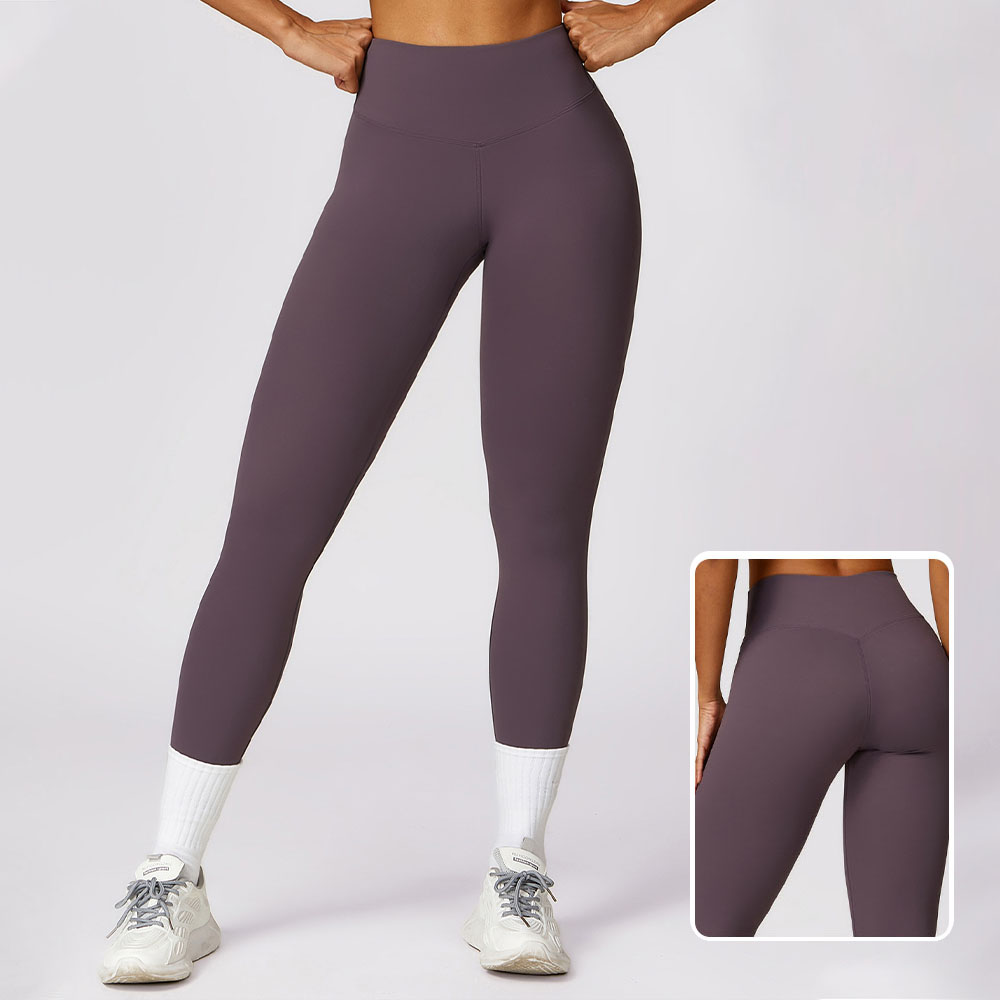

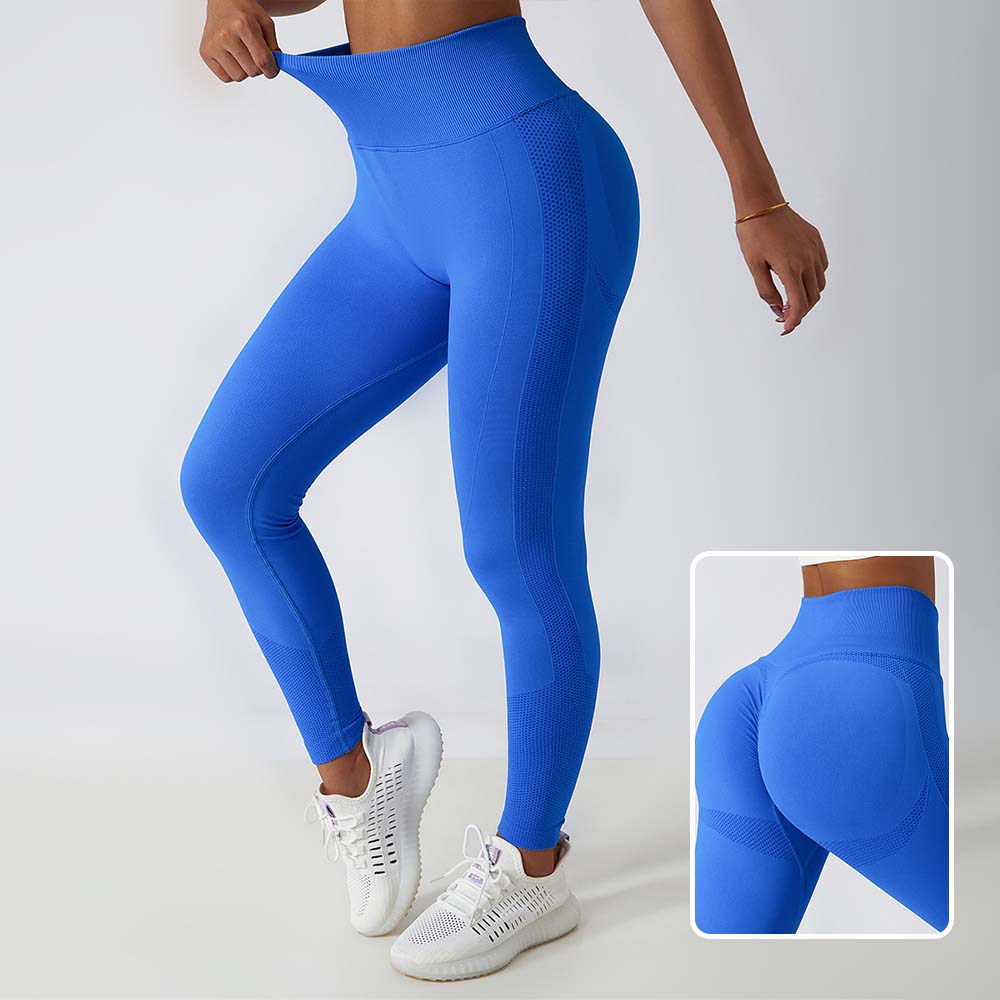
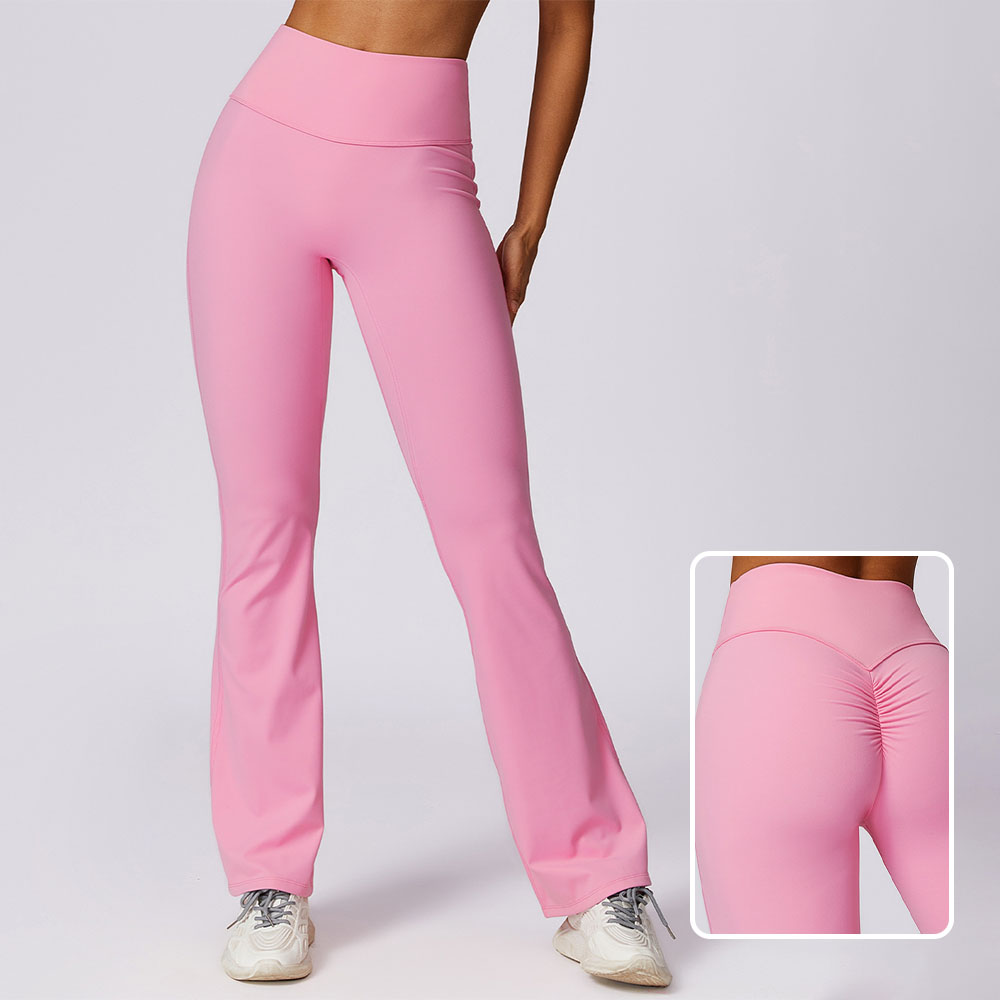
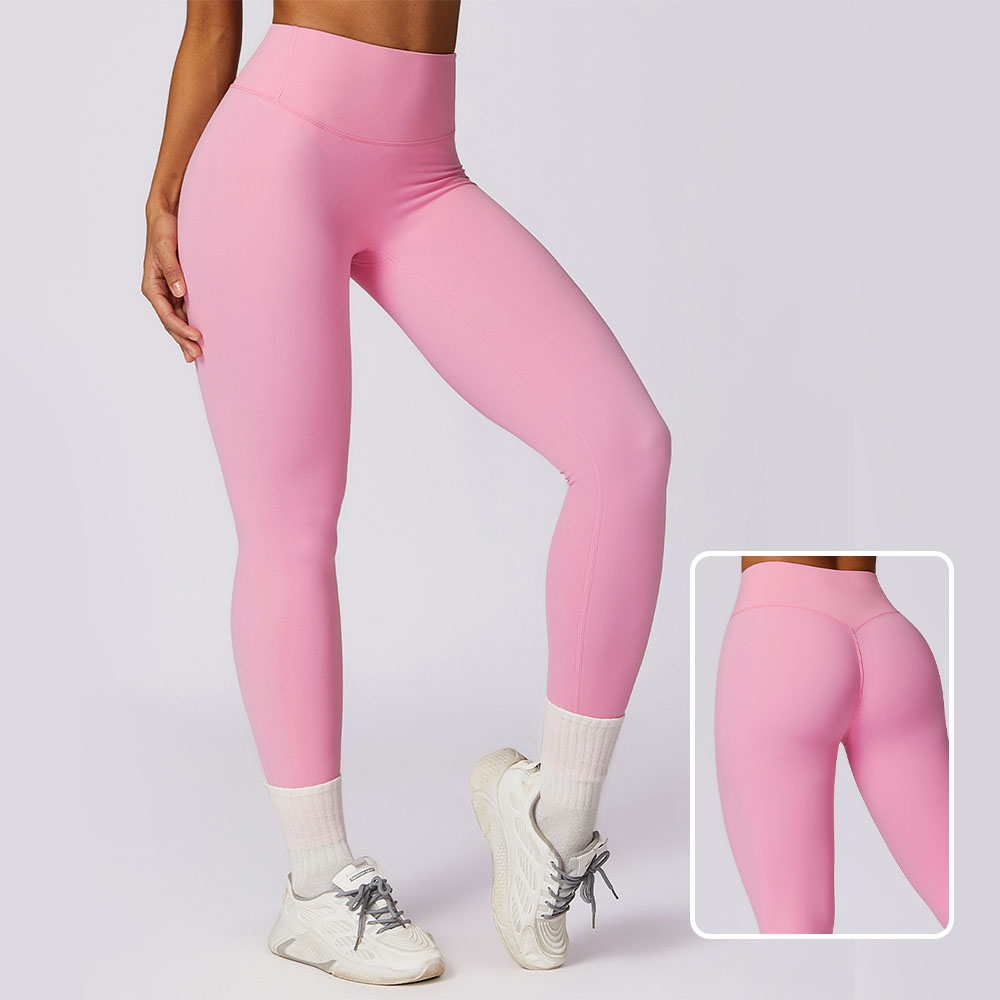
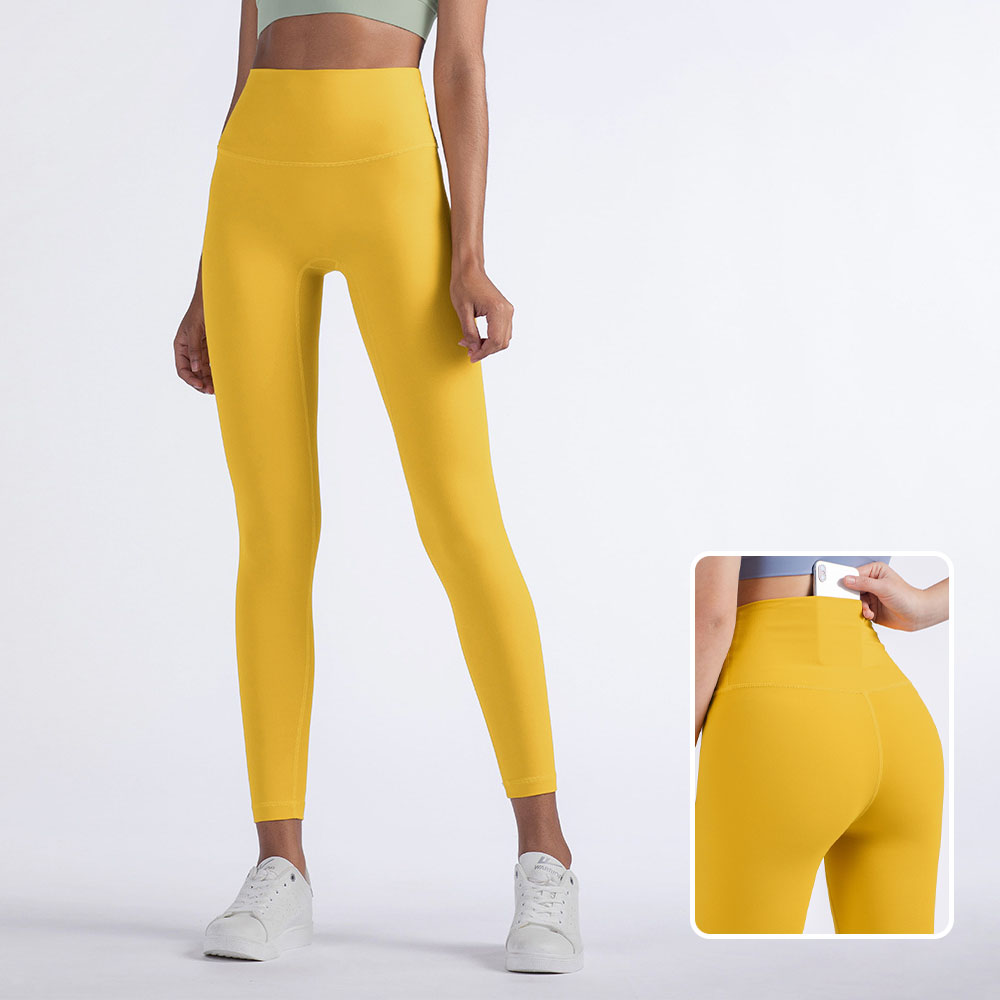
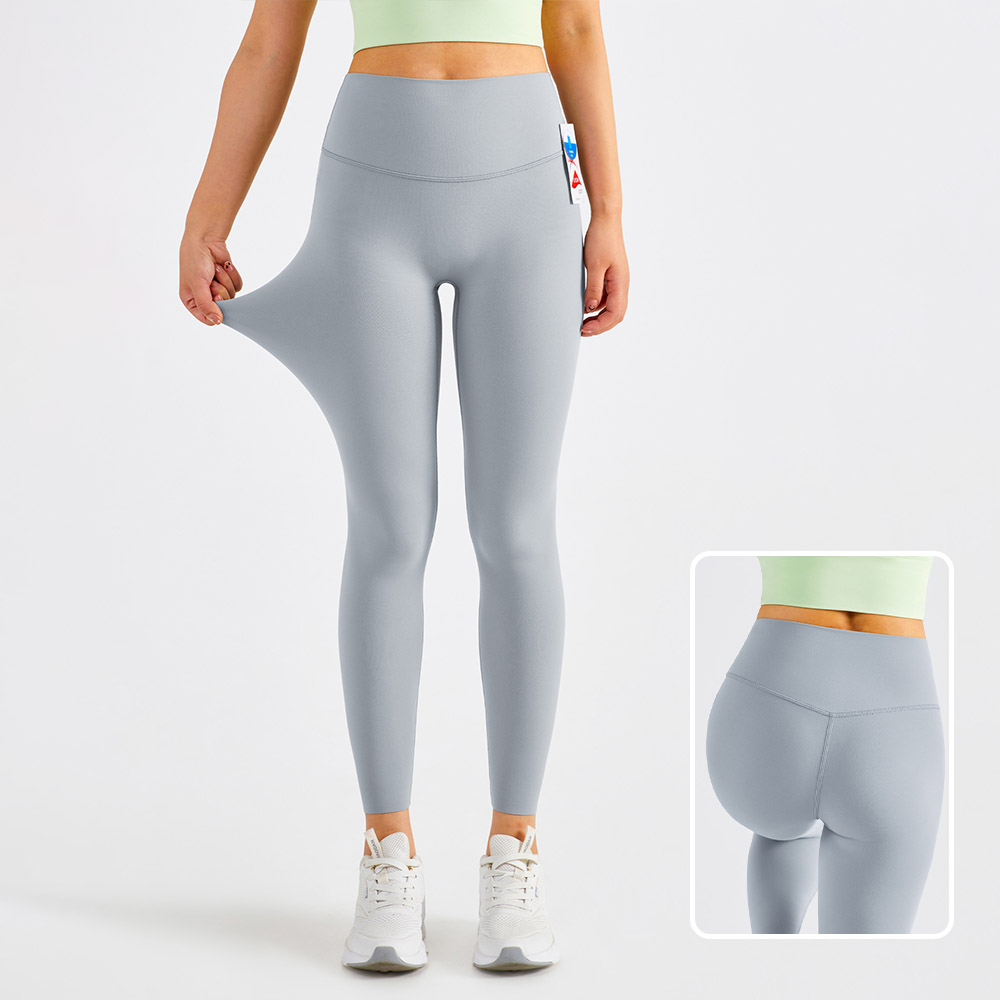
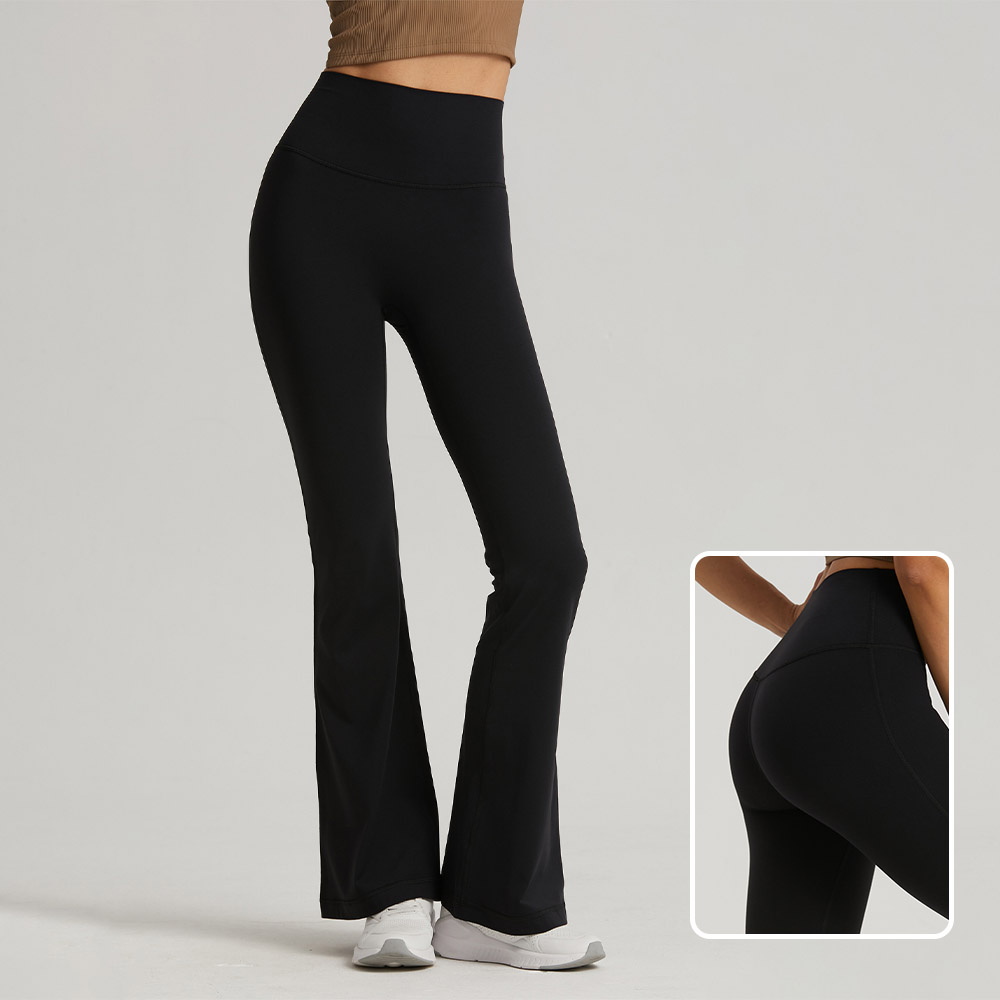
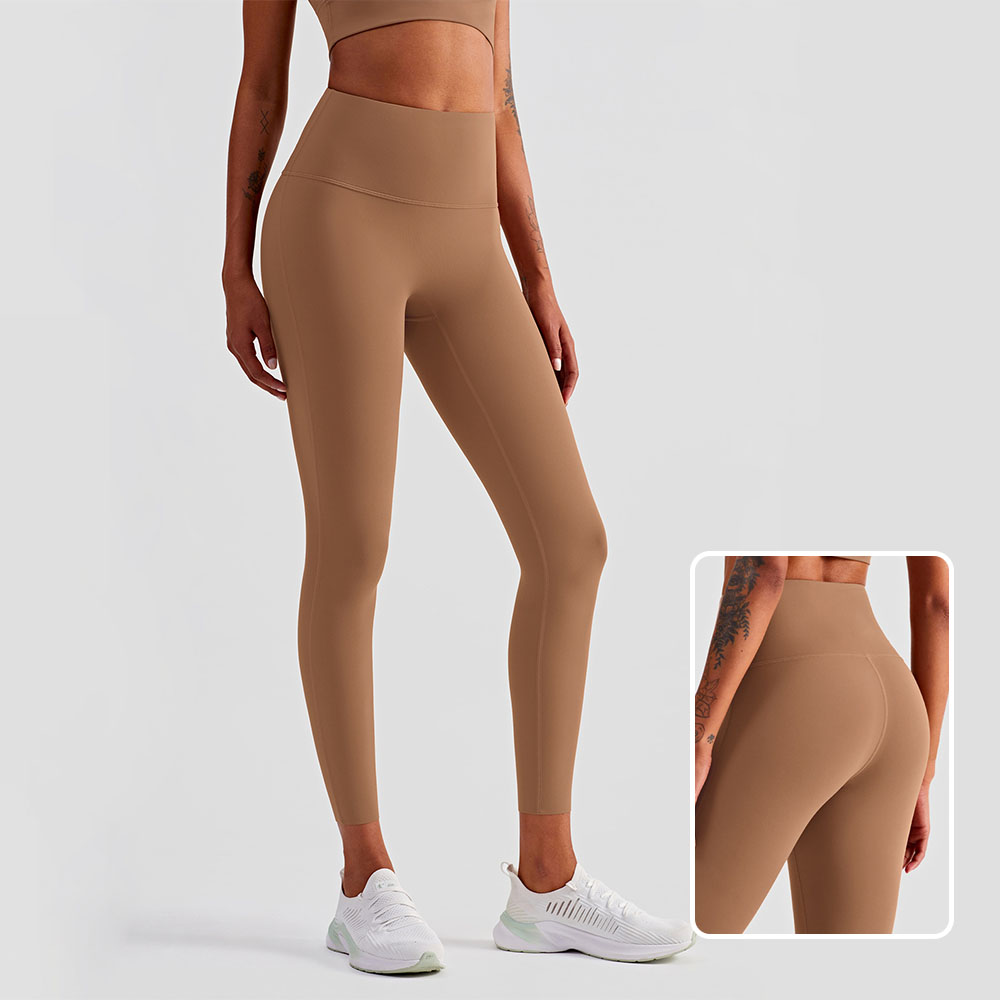
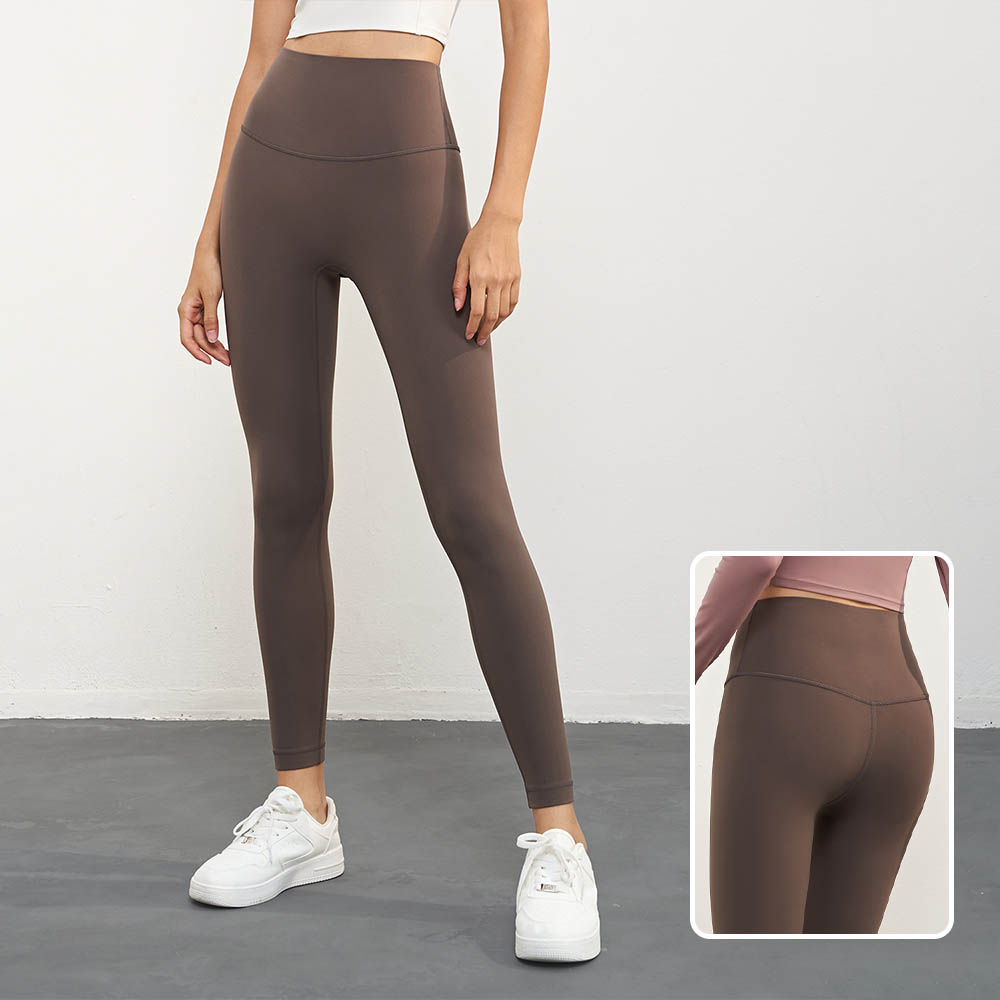
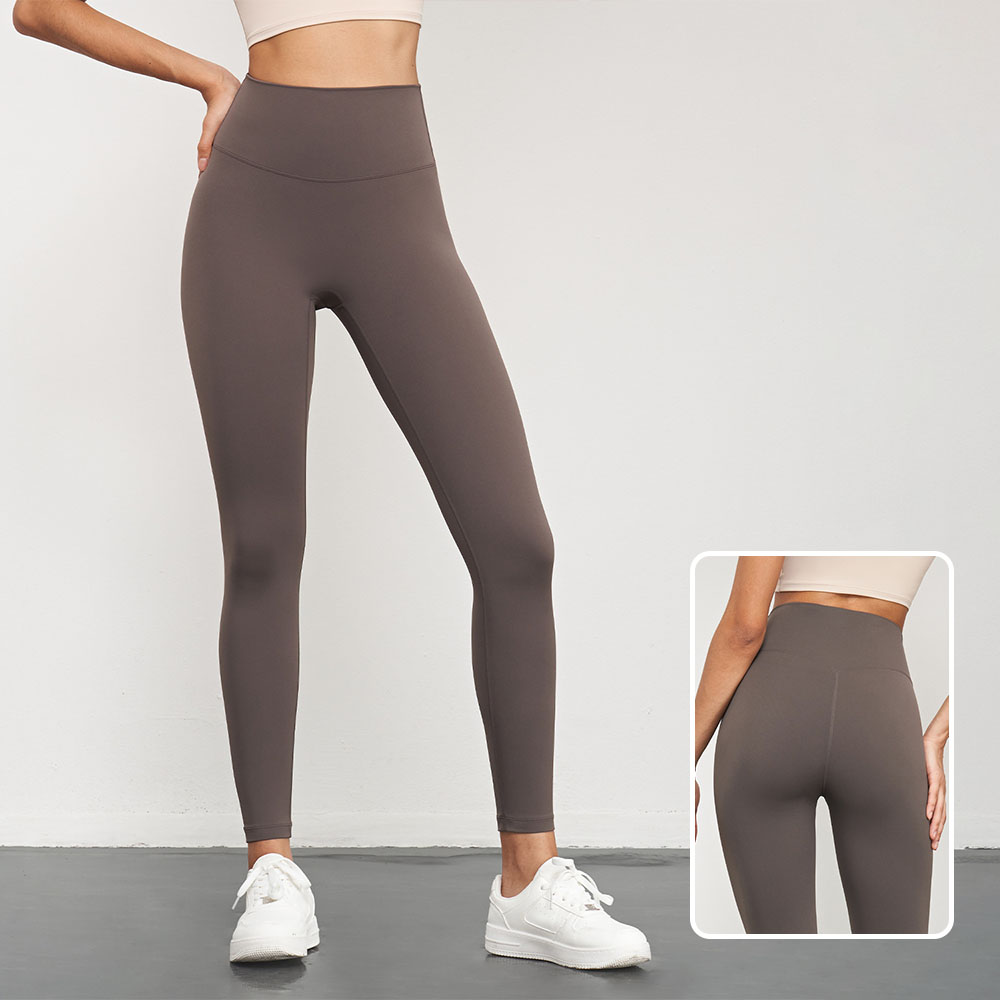
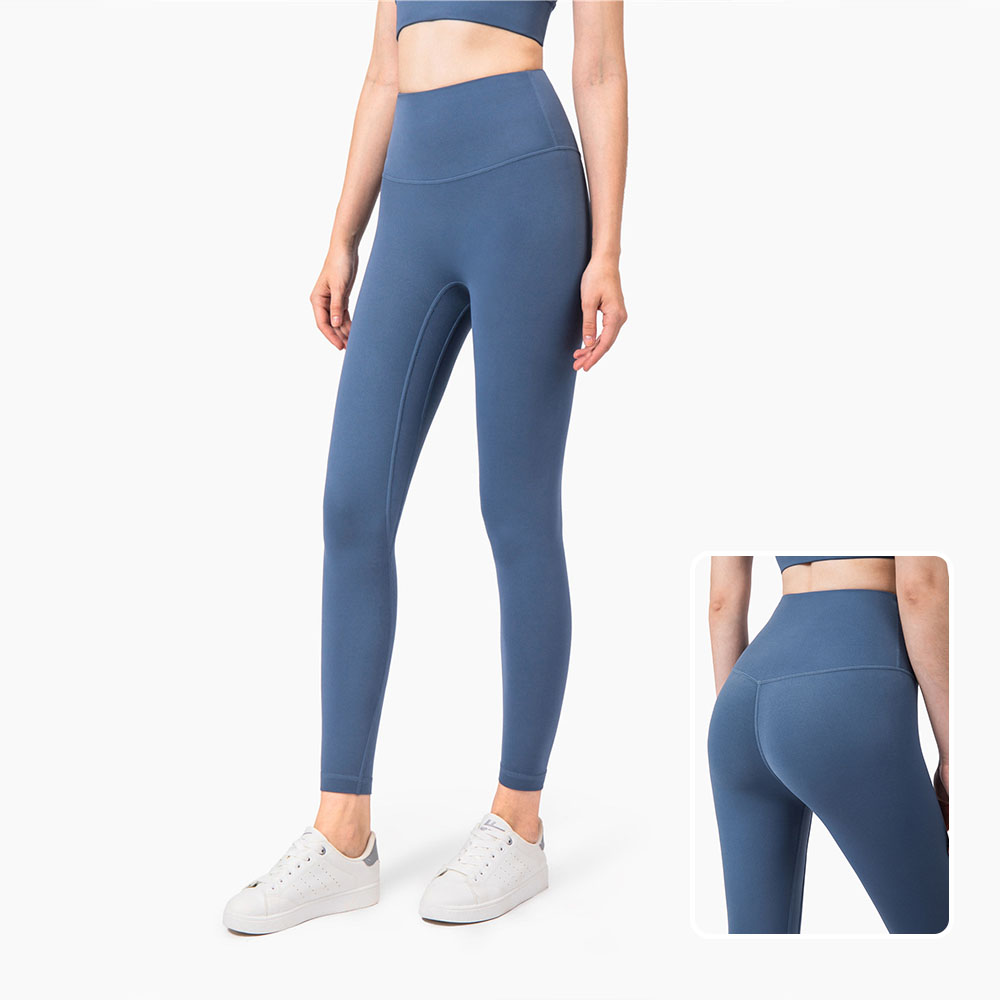
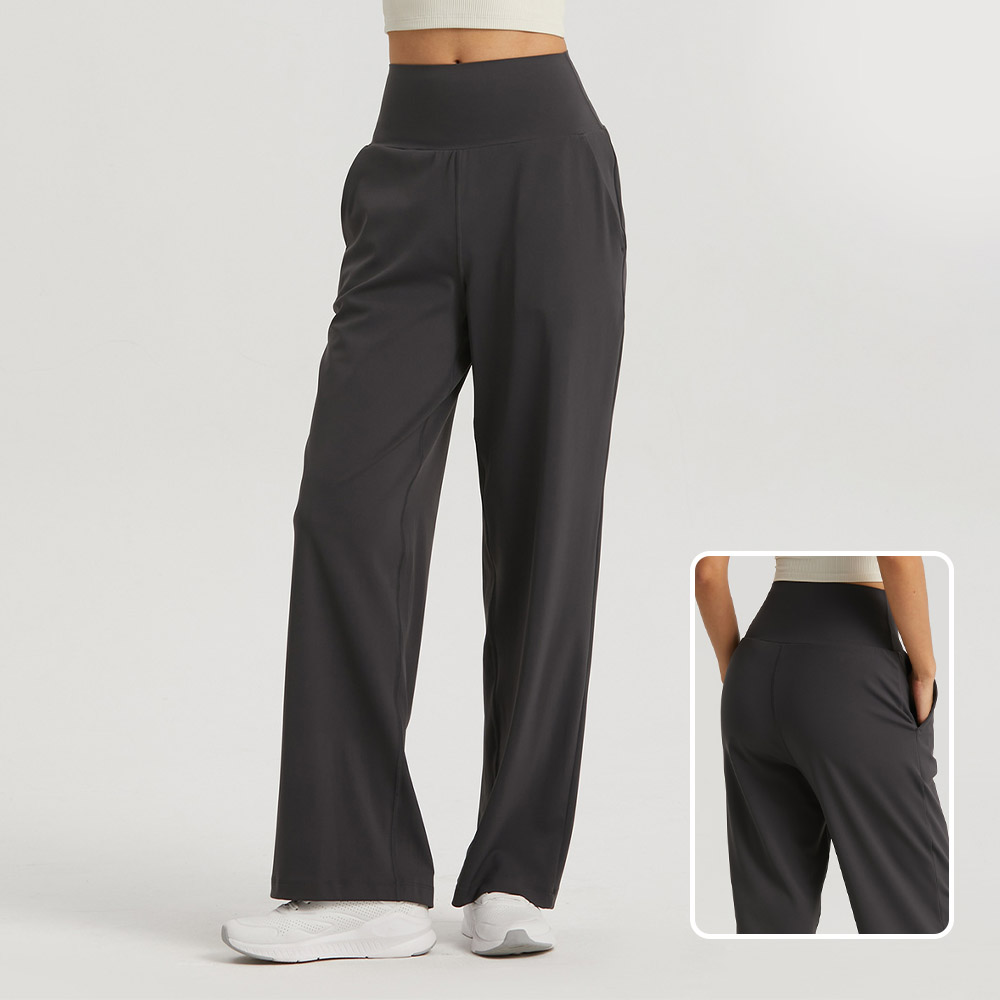
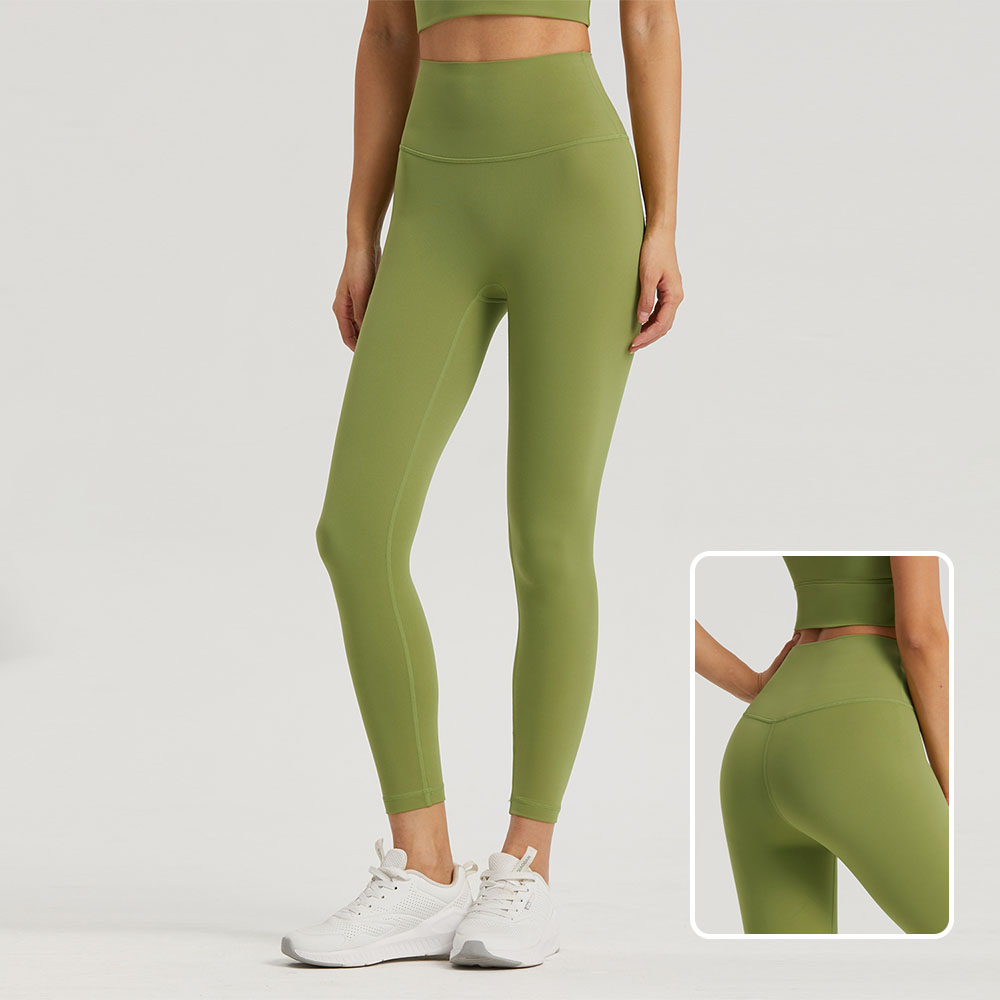
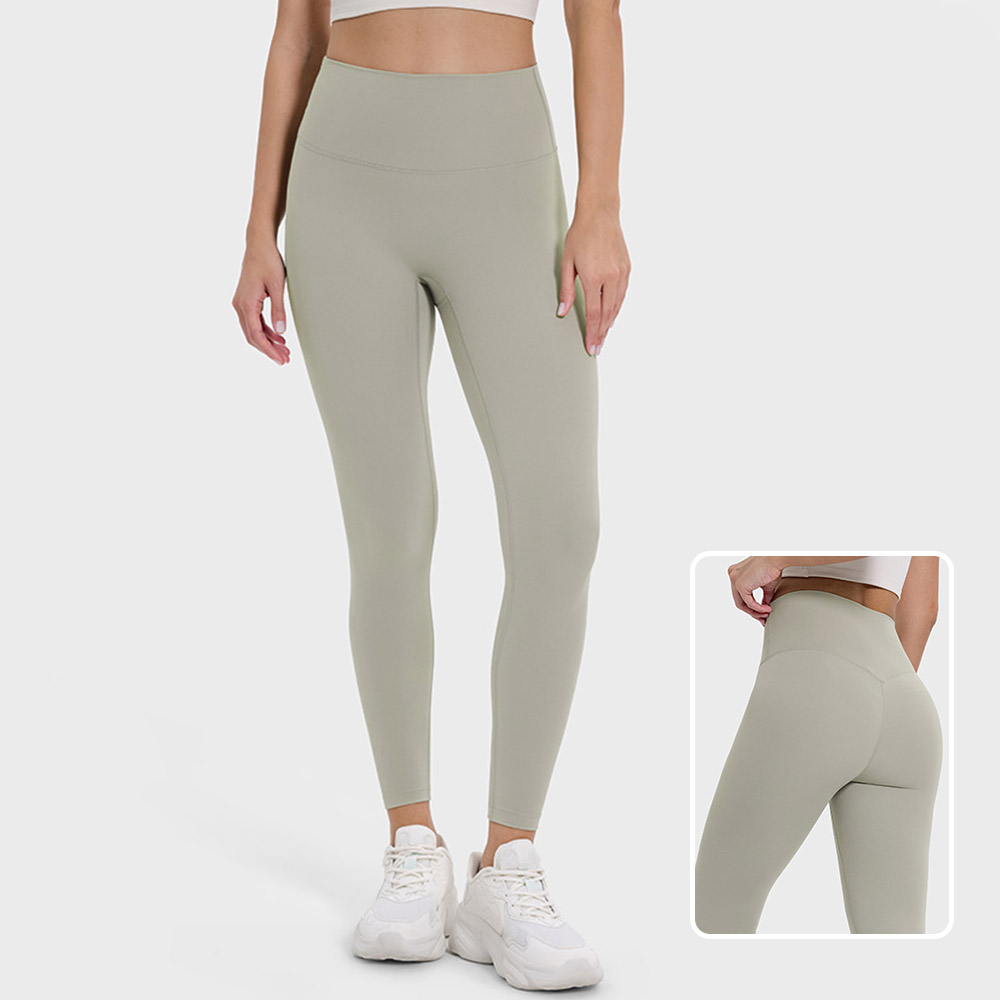
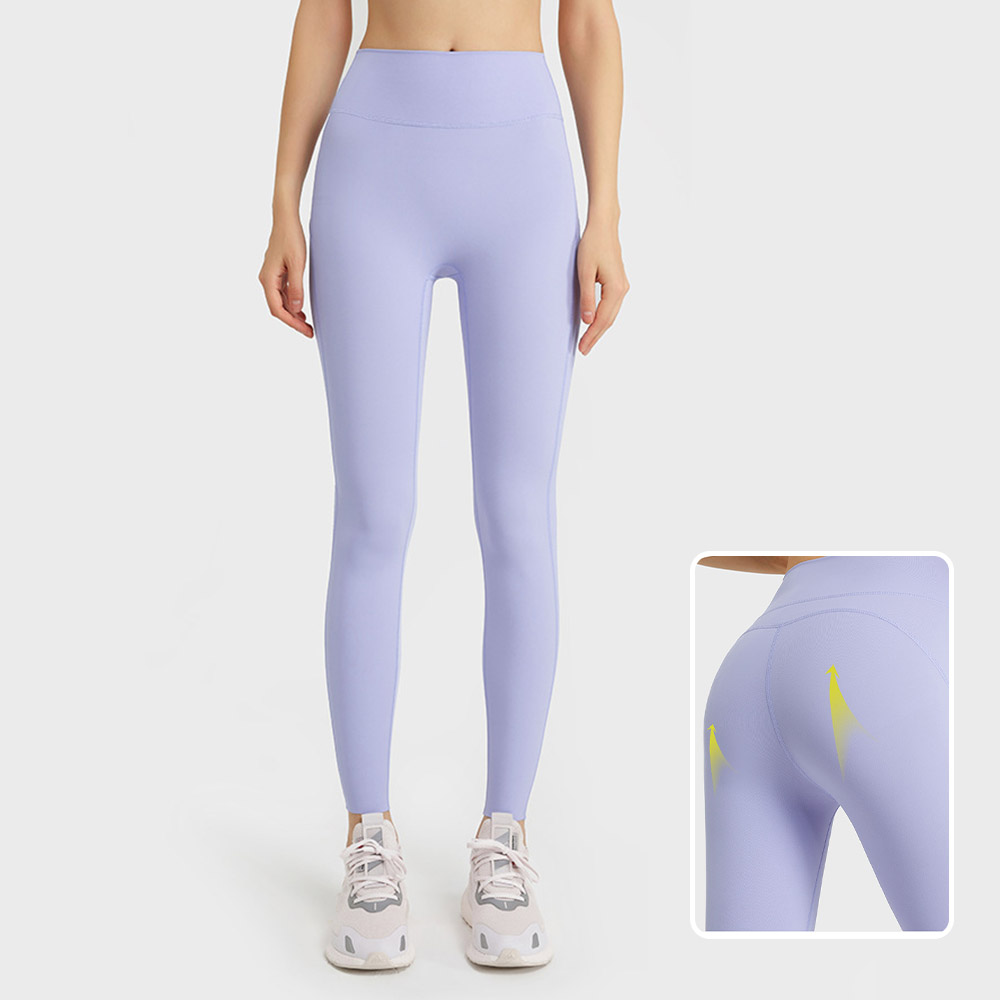
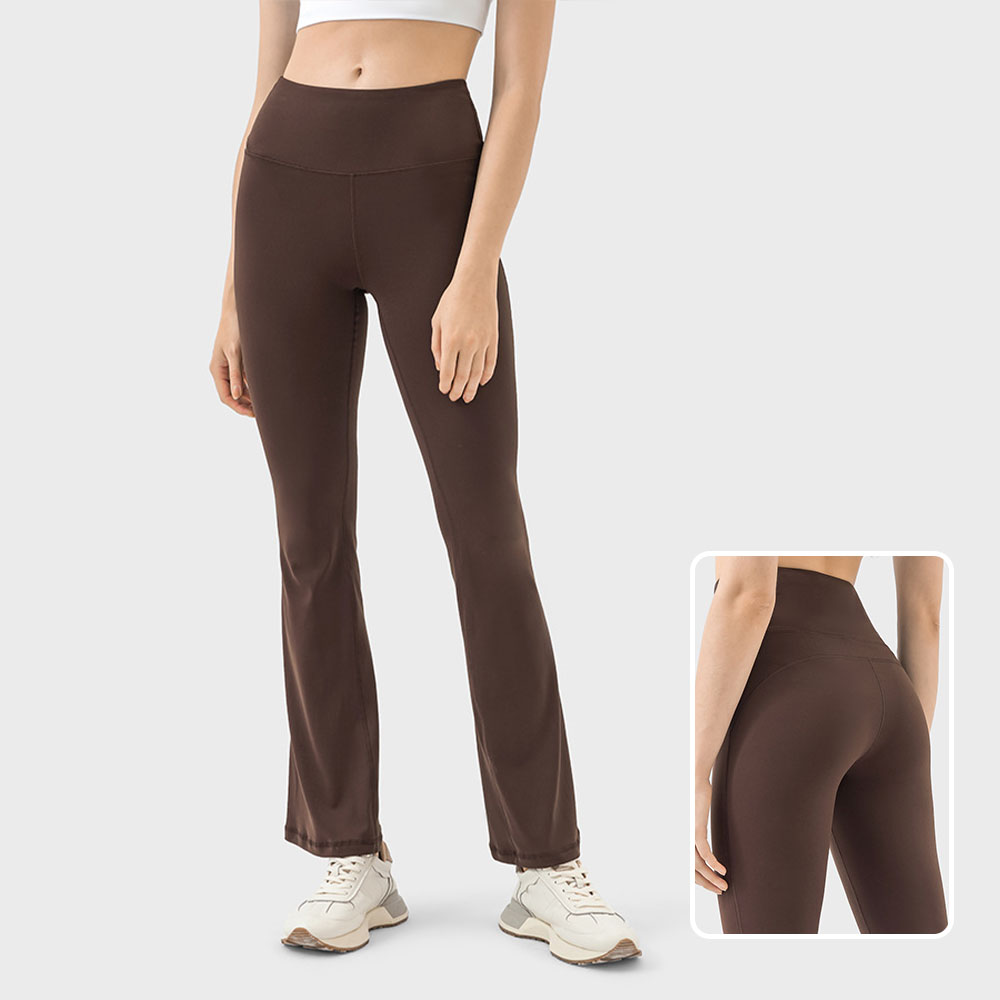
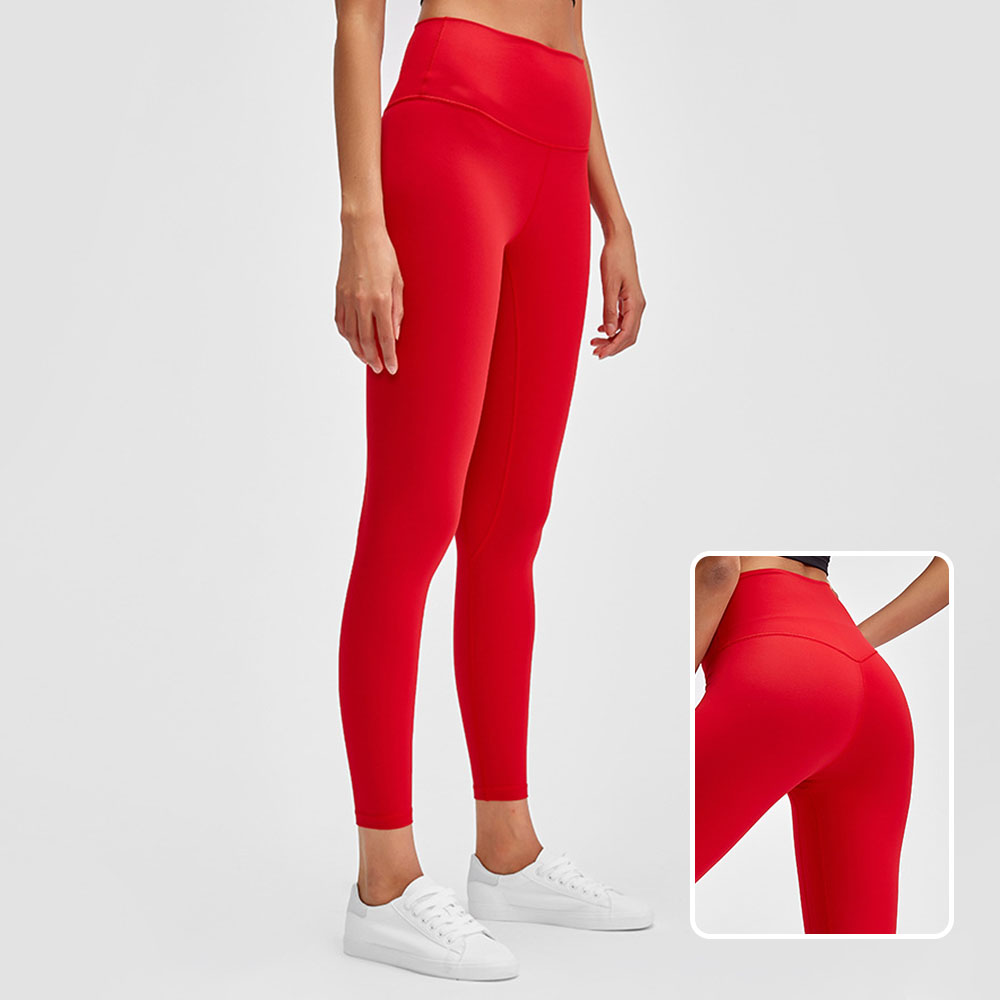

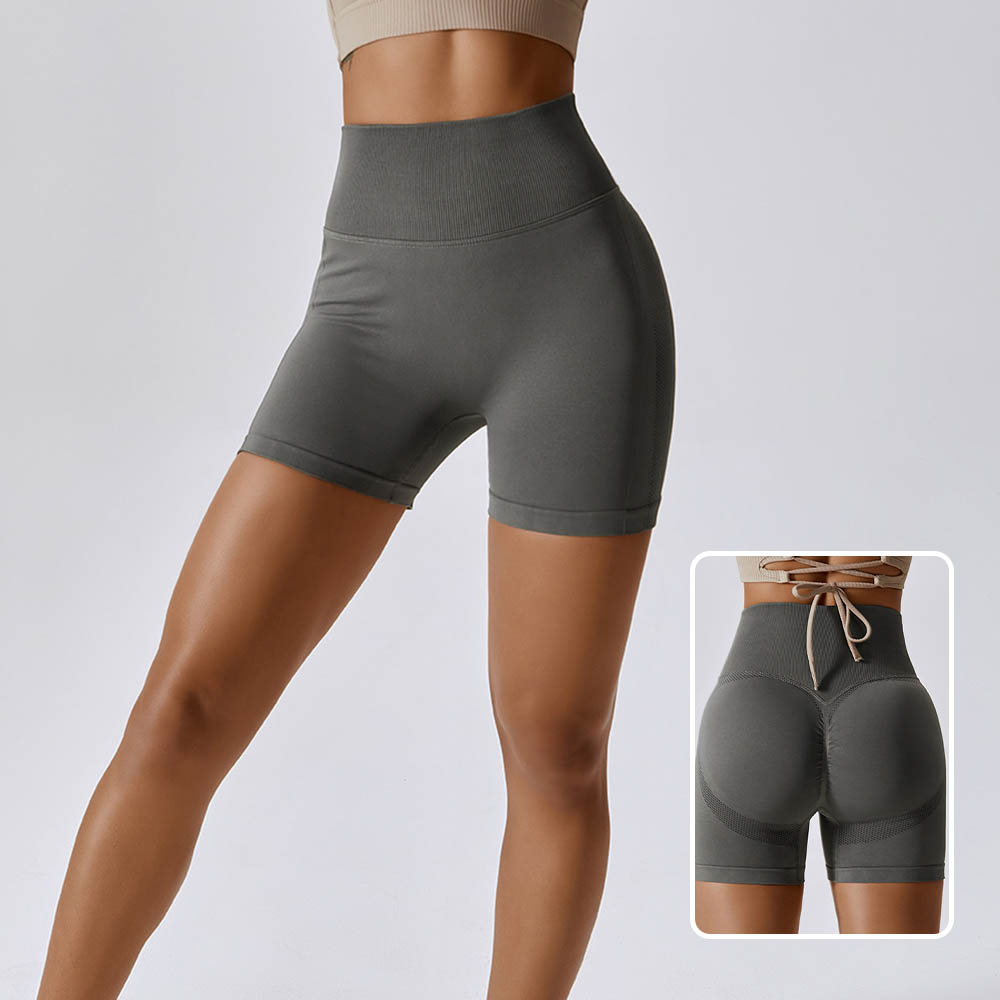
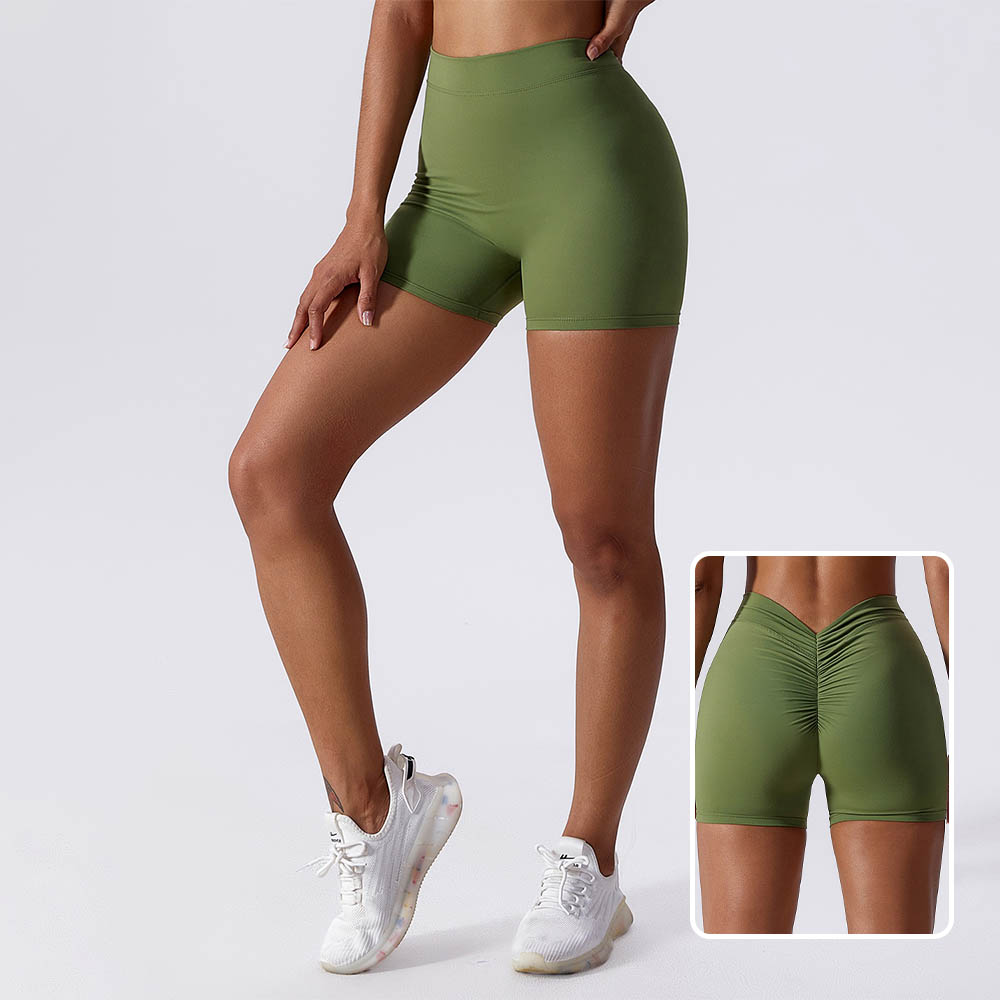

 Tel
Tel
 WhatsApp
WhatsApp
 Email
Email
 Address
Address






